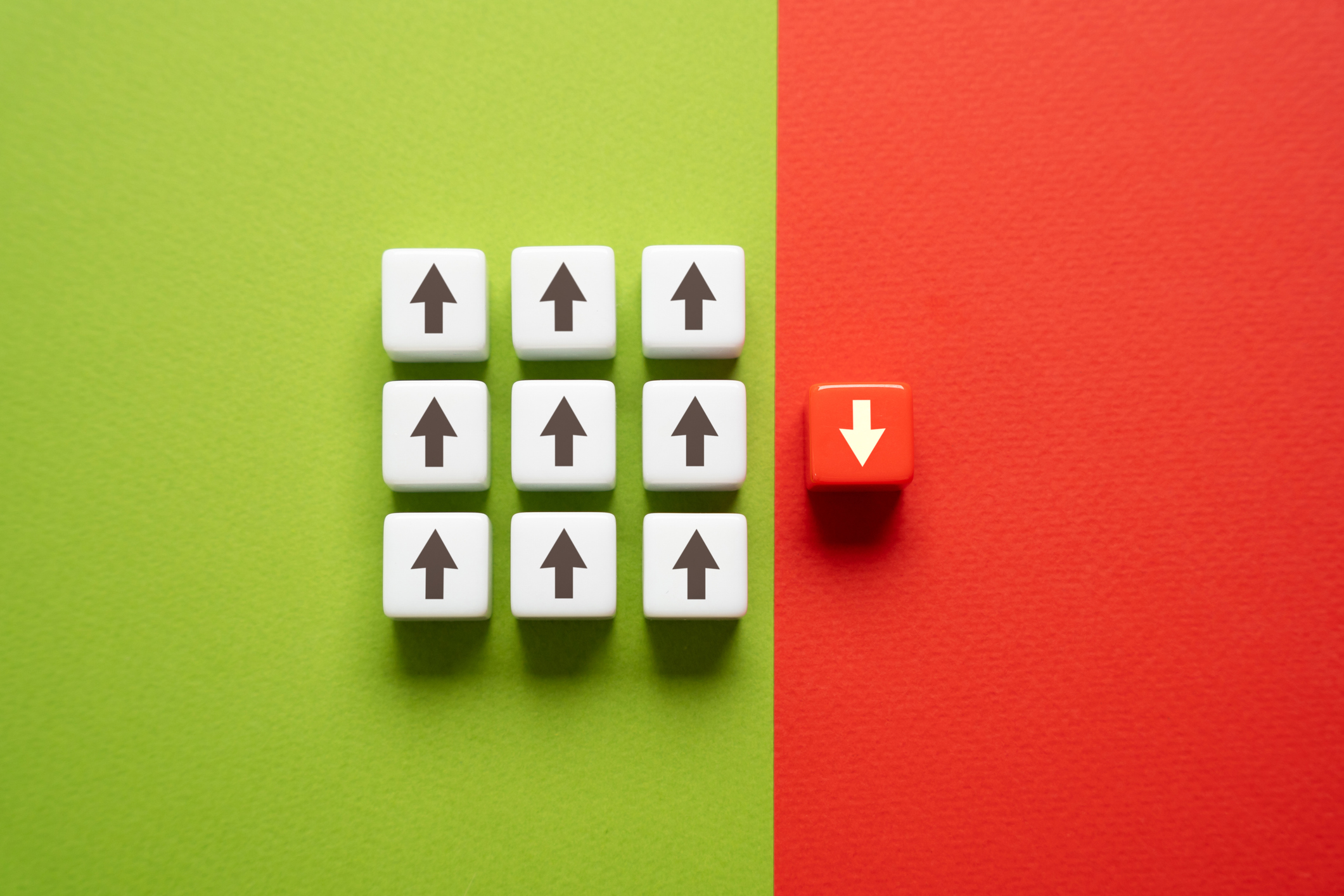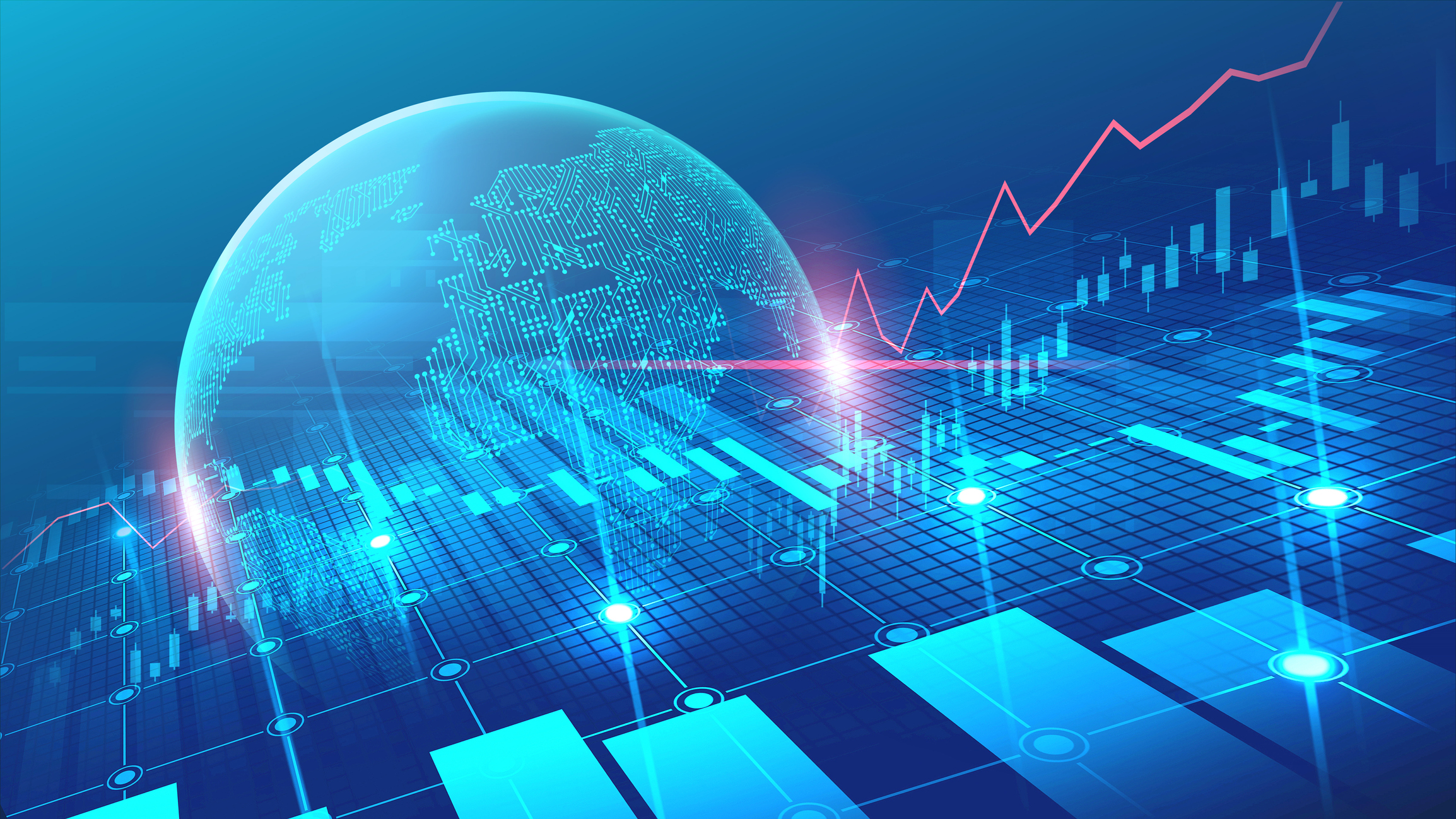Investments That Pay You Every Month Redux
These three portfolios should produce reliable yields of 5% to almost 10%.

In the summer of 2008, I devised three portfolios composed entirely of investments that pay dividends or interest every month. These portfolios are ideal for people who need spending money, as opposed to those who invest in bonds, real estate investment trusts or other kinds of income-oriented vehicles for diversification. The yields on these portfolios ranged from 6% for a mix of moderate-risk bond funds and high-dividend stock funds to more than 10% for a riskier collection of energy royalty trusts, leveraged bank-loan funds and foreign-currency bond funds.
| Row 0 - Cell 0 | Investments That Pay You Every Month, Round I |
| Row 1 - Cell 0 | Whose Dividend Can You Trust? |
| Row 2 - Cell 0 | How Dividends Can Make You Money |
For the most part, the dividends have held up -- the notable exceptions being the oil-and-gas pass-through investments and the bank stocks. But the principal has fallen far more than I imagined even remotely possible. By the time the stock market bottomed in March, share prices for a package of energy income trusts, bank-loan funds and REITs were, on average, half of what they were in mid 2008. If you had started the aggressive, high-income portfolio in June or July of 2008, you were probably down 30% or so on a total-return basis.
Not surprisingly, the lowest-risk portfolio did considerably better, although it, too, was in the red. That package had one-fourth invested in energy and other high-wire stuff, one-fourth in a high-dividend, exchange-traded stock fund, and the rest in Vanguard Total Bond Market Index. The portfolio generated about 8% in income and lost about 20% of its market value -- lousy but, all things considered, tolerable.
From just $107.88 $24.99 for Kiplinger Personal Finance
Become a smarter, better informed investor. Subscribe from just $107.88 $24.99, plus get up to 4 Special Issues

Sign up for Kiplinger’s Free Newsletters
Profit and prosper with the best of expert advice on investing, taxes, retirement, personal finance and more - straight to your e-mail.
Profit and prosper with the best of expert advice - straight to your e-mail.
Assembling a ladder of Treasury bonds over the past year would have produced a small capital gain, but it would have left you far short of needed income. And that's still true today. You can't build a high-income portfolio -- whether it pays monthly or less frequently -- without taking some risk with your principal.
The good news is that all of these high-risk categories are past the worst. Junk bonds and bank-loan funds have been recovering handsomely in 2009. Ditto for REITs. Payouts -- and share prices -- of oil-and-gas trusts remain depressed, but energy prices and cash disbursements will rise as the world economy improves.
Still, the fact that such formerly trouble-free investments as Enerplus Resources Fund (symbol ERF), a trust that owns a diversified package of energy-producing properties in North America, and Eaton Vance Senior Floating-Rate Trust (EFR), a closed-end bank-loan fund, could lose more than 50% in less than a year is troubling. Many reputable financial advisers and I believed that investments that paid a steady stream of income would be fairly stable. That perception is another casualty of the financial crisis.
So it's time for a new, post-collapse edition of the Cash In Hand Monthly Income Plan. You may have less principal now, but the principle remains the same. You choose from among three approaches: Shoot for maximum yield of 9% to 10%; go conservative and pick up about 5%; or take a middle-of-the-road course. The growing number of bond ETFs (see Welcome Additions: More Bond ETFs), which make monthly distributions, provides some fresh choices. Only a few open-end bond funds, REITs and energy pass-throughs pay 12 times a year (although virtually all Vanguard bond funds pay monthly).
High-risk, high-yield plan
Estimated yield: 9.5%
35%, energy trusts. Energy is still the leading category to hunt for high current income. The typical royalty trust or master limited partnership is priced to yield about 10%. Choose at least three out of a group that includes names such as Cross Timbers Royalty Trust (CRT), Enerplus, Penn West Energy Trust (PWE) and Provident Energy Trust (PVX). All are fairly diversified. Avoid trusts that sell only natural gas. Gas should be a good long-term investment, but there's a surplus of it now and its price will stay depressed longer than oil's price will.
20%, bank-loan funds. The best no-load, open-end fund in this category is Fidelity Floating Rate High Income Fund (FFRHX). Among leveraged, closed-end funds, two possible choices are BlackRock Floating Rate Income Strategies Fund (FRA) and BlackRock Floating Rate Income Strategies II (FRB). In early May, both sported high yields, and their share prices traded at discounts to the value of their underlying assets (that's a must if you invest in a leveraged closed-end). Two parts Fido to one part BlackRock sounds like a good recipe.
15%, corporate junk bonds. Vanguard's low-cost, no-load offering, Vanguard High-Yield Corporate (VWEHX), is the first choice here. Loomis Sayles Bond Fund (LSBRX) is really more of a go-anywhere fund, but it usually holds a substantial amount of its assets in junk bonds and emerging-markets bonds, as well as investment-grade corporates. The fund, a member of the Kiplinger 25, yields about 9.7% and complements the Vanguard fund well.
15%, real estate. The anchor of every check-a-month plan should be Realty Income (O). This is a high-quality, one-of-a-kind REIT that calls itself the Monthly Dividend Company. It owns more than 2,000 properties leased to well-known retailers and restaurant chains. Realty Income has paid 463 consecutive monthly dividends. Not every streak is solid these days, but this one is as close as you can get to a sure thing. Plus, the share price fell far less than that of most REITs during the market's downturn. Realty Income yielded 8% in early May.
10%, preferred stocks. The PowerShares Preferred Portfolio (PGX) is an unleveraged ETF that passes through dividends from an array of preferred bank and utility stocks. It has stabilized after losing half its value from May 2008 to February 2009.
5%, emerging-markets bonds. Two ETFs, iShares JPMorgan U.S. Dollar Emerging Markets Bond (EMB) and PowerShares Emerging Markets Sovereign Debt (PCY), invest in bonds from such places as Russia, Brazil, Turkey, Indonesia and Mexico. After running into trouble in the fall of 2008, the funds, both of which pay monthly, have rebounded handsomely.
The centrist plan
Estimated yield: 8%.
Choose among the same funds, trusts and ETFs as above, but tweak the allocation to make room for a chunk of investment-grade corporate bonds. You could split the high-grade bond exposure between Loomis Sayles Bond and an ETF such as iShares iBoxx Investment Grade Corporate Bond Fund (LQD). The mix:
20%, energy trusts.
20%, investment-grade corporate bonds.
15%, bank-loan funds.
15%, Realty Income.
15%, corporate junk bonds.
10%, emerging-markets bonds.
5%, Vanguard GNMA (VFIIX). The soundest mortgage-related investment around, this Vanguard fund invests in securities backed by the full faith and credit of the U.S. government.
The conservative plan
Estimated yield: 5.5%.
The conservative plan emphasizes the entire range of bonds, including Treasuries (which can't go bust but yield next to nothing and will almost surely lose value if inflation accelerates and if interest rates rise). Then we add some other safe, high-yield categories for balance.
60%, diversified, high-quality bonds. Pick either Vanguard Total Bond Market Index (VBMFX) or its ETF sibling, Vanguard Total Bond Market ETF (BND). You'll get paid about the same each month; the main disadvantage of the ETF is that you incur commissions every time you buy or sell.
10%, energy trusts.
10%, Realty Income.
10%, bank-loan funds.
10%, Vanguard GNMA.
Profit and prosper with the best of Kiplinger's advice on investing, taxes, retirement, personal finance and much more. Delivered daily. Enter your email in the box and click Sign Me Up.

Kosnett is the editor of Kiplinger Investing for Income and writes the "Cash in Hand" column for Kiplinger Personal Finance. He is an income-investing expert who covers bonds, real estate investment trusts, oil and gas income deals, dividend stocks and anything else that pays interest and dividends. He joined Kiplinger in 1981 after six years in newspapers, including the Baltimore Sun. He is a 1976 journalism graduate from the Medill School at Northwestern University and completed an executive program at the Carnegie-Mellon University business school in 1978.
-
 How We Manage Our Finances Together: 'When You Keep Score, You Can End Up Resentful'
How We Manage Our Finances Together: 'When You Keep Score, You Can End Up Resentful'Douglas Boneparth, a certified financial planner, and his wife, Heather Boneparth, speak with Kiplinger about couples managing finances.
-
 I'm 45 and I've barely invested in the stock market. I recently inherited $50,000. What should I do?
I'm 45 and I've barely invested in the stock market. I recently inherited $50,000. What should I do?What should you do with a big inheritance? We asked a financial expert for advice.
-
 A Contrarian Approach Pays Off for This Bond Fund
A Contrarian Approach Pays Off for This Bond FundThe Dodge & Cox Income Fund has outperformed in 2025 thanks to its managers' fearless approach.
-
 Best Mutual Funds to Invest In for 2026
Best Mutual Funds to Invest In for 2026The best mutual funds will capitalize on new trends expected to emerge in the new year, all while offering low costs and solid management.
-
 The Most Tax-Friendly States for Investing in 2025 (Hint: There Are Two)
The Most Tax-Friendly States for Investing in 2025 (Hint: There Are Two)State Taxes Living in one of these places could lower your 2025 investment taxes — especially if you invest in real estate.
-
 The Final Countdown for Retirees with Investment Income
The Final Countdown for Retirees with Investment IncomeRetirement Tax Don’t assume Social Security withholding is enough. Some retirement income may require a quarterly estimated tax payment by the September 15 deadline.
-
 Smart Ways to Invest Your Money This Year
Smart Ways to Invest Your Money This YearFollowing a red-hot run for the equities market, folks are looking for smart ways to invest this year. Stocks, bonds and CDs all have something to offer in 2024.
-
 Vanguard's New International Fund Targets Dividend Growth
Vanguard's New International Fund Targets Dividend GrowthInvestors may be skittish about buying international stocks, but this new Vanguard fund that targets stable dividend growers could ease their minds.
-
 Best 401(k) Investments: Where to Invest
Best 401(k) Investments: Where to InvestKnowing where to find the best 401(k) investments to put your money can be difficult. Here, we rank 10 of the largest retirement funds.
-
 7 Best Stocks to Gift Your Grandchildren
7 Best Stocks to Gift Your GrandchildrenThe best stocks to give your grandchildren have certain qualities in common. Here, we let you know what those are.
-
 How to Find the Best 401(k) Investments
How to Find the Best 401(k) InvestmentsMany folks are likely wondering how to find the best 401(k) investments after signing up for their company's retirement plan. Here's where to get started.